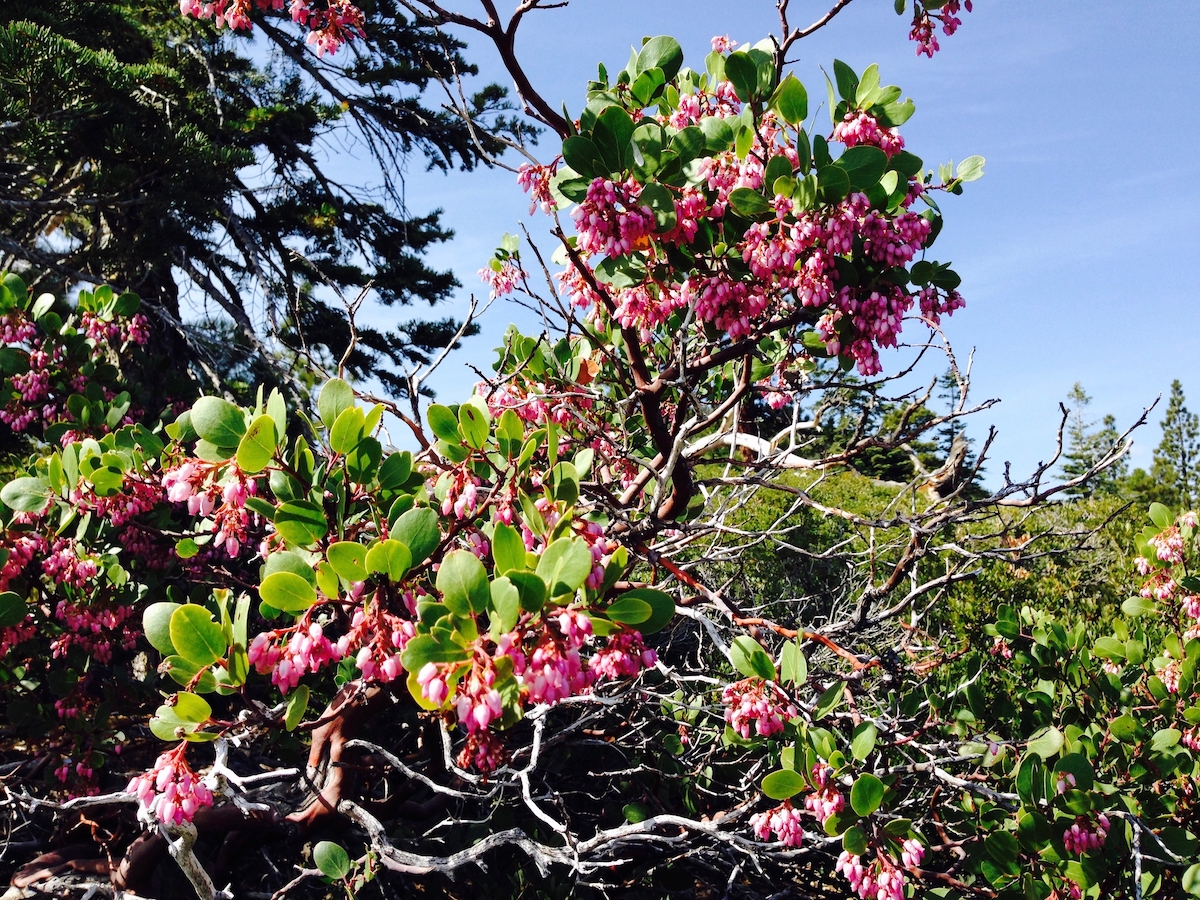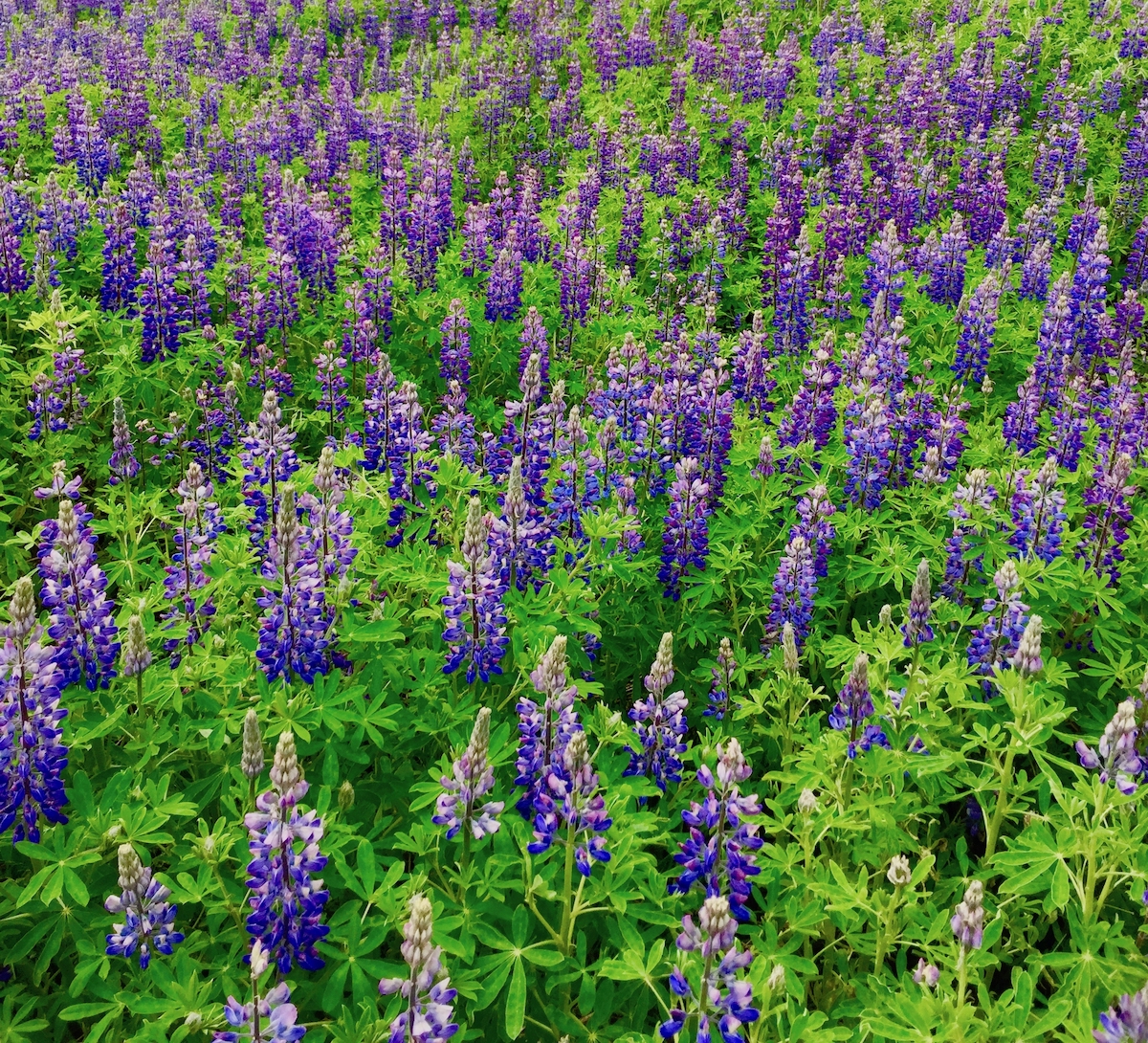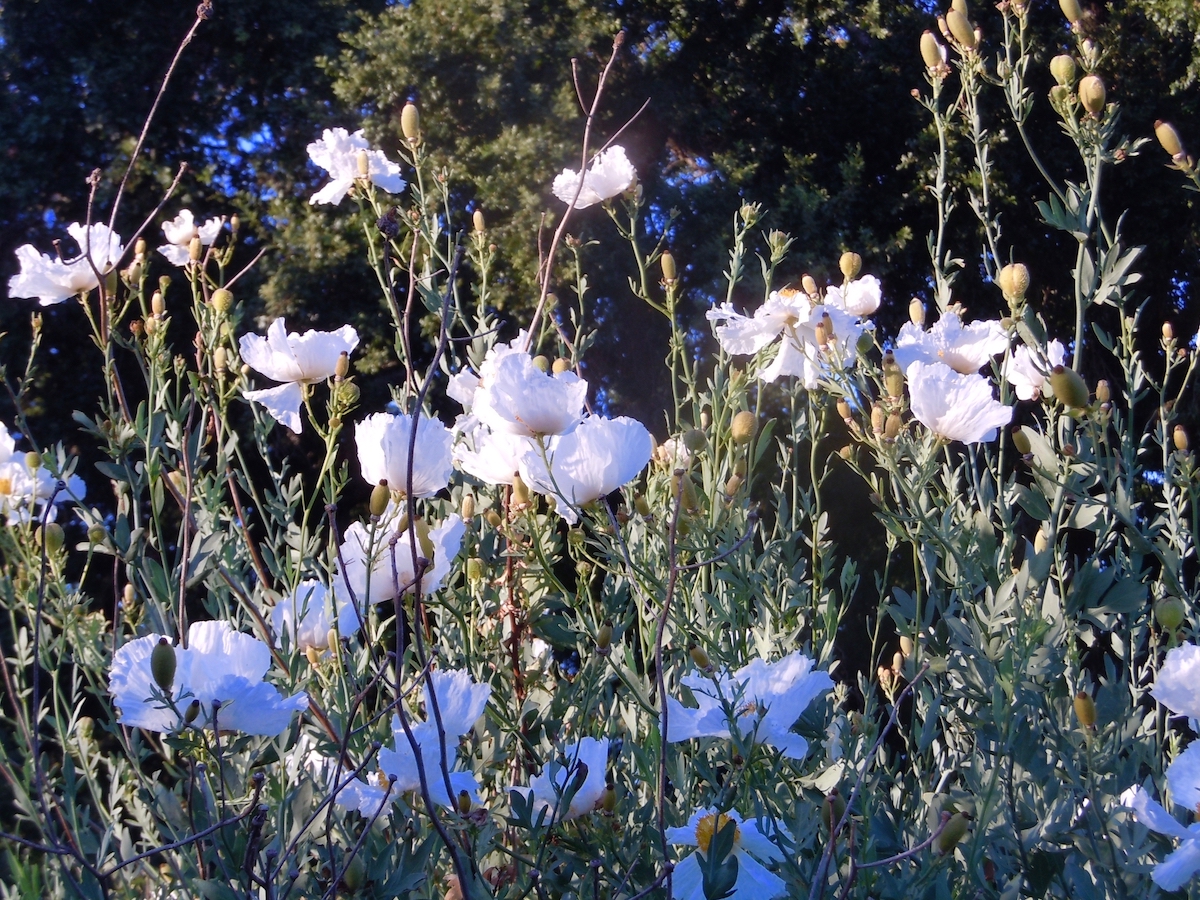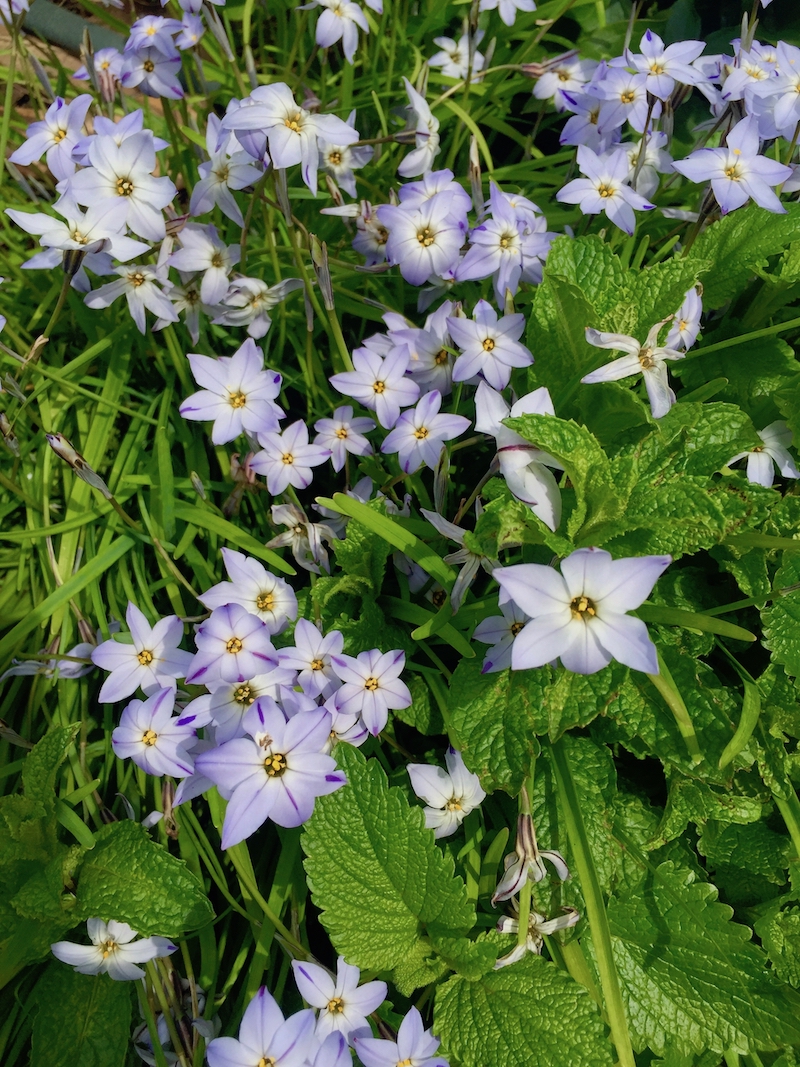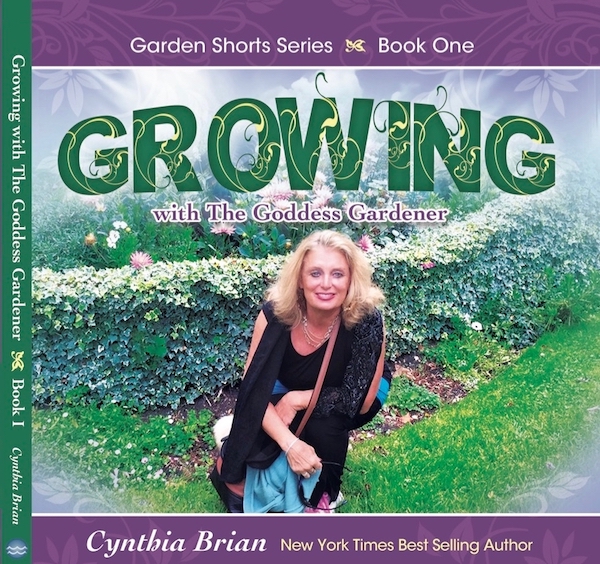 https://www.lamorindaweekly.com/archive/issue1304/Digging-Deep-with-Cynthia-Brian-for-April-Natures-Natives.html
https://www.lamorindaweekly.com/archive/issue1304/Digging-Deep-with-Cynthia-Brian-for-April-Natures-Natives.html
by Cynthia Brian
“Look deep into nature, and then you will understand everything better.” Albert Einstein
Witnessed from outer space this spring, a pageant of splendor burst into bloom on hillsides, in fields, chaparrals, and desert environs. The “super blooms” of Southern California captivated hearts and cameras. Northern California is exhibiting a bountiful season of blue lupines, orange poppies, and gardens filled with flowers, just not to the degree of our neighbors to the south.
Although weeds are described as plants growing where we don’t want them, weeds are in proliferation after our continual wet days. Wild cut leaf geranium resembles a ground cover when small with tiny pink petals, yet it is a weed that needs to be pulled before it scatters seeds. Hand removal of invasive grasses is also necessary as they create fire danger while outcompeting native flora for light, water, space, and food.
More than 18,000 plant species are native to the United States and approximately 6000 species are endemic to California. To be considered a true California native, the plants must have grown here before the late 18th century when the Europeans arrived. Our state flower, the California poppy, as well as lupines, fuchsias, and other “natives” were actually first cultivated in the gardens of Europe, yet we have adopted them as our own. We are blessed to grow numerous flora inhabitants from the Mediterranean that have acclimated to our mild four seasons and adapted to our clay soil. I have termed these friends, such as lavender and acanthus, “the new natives” as I like to include them in my garden designs.
Natives are drought tolerant after they have been established, although they will require water if the weather has been exceptionally dry. They are wildlife attractors bringing songbirds, lizards, salamanders, butterflies, frogs, hummingbirds, bees, and other pollinators into the landscape. Minimal maintenance is required without dependence on pesticides or fertilizers. Top dressing all plants with mulch to maintain a constant temperature while reducing erosion and temperature fluctuations is advantageous.
For year-round interest, select a variety of natives that bloom during each of the twelve months. Wildflowers are fussy as transplants therefore for a spring show, sow seeds in the fall to allow the winter water to promote a strong root system. Plants with tiny seeds can live dormant in the underground seed bank for 80 years or more depending on the optimum conditions to coax them above ground to flower, fruit, and set seed.
A Sampling of Favorite California Natives
Trees, Grasses
Oak
Western Red Bud
Redwood
Sequoia
Pine
Cypress
Cedar
Fir
Yew
Willow
Alder
Aspen
Sycamore
Blue-eyed grass
Sedges
Rushes
Fescue
Reed grass
Wild Rye
Shrubs, Plants, Flowers
Manzanita
Ceanothus (California Lilac)
Sage
Currant
Fern
Lupine
Columbine
California poppy
Heuchera
Dicentra
Brodiaeas
Blue Dicks
Morning glory
Clarkia
Wild rose
Wild grape
Clematis
Wood Strawberry
Matilija Fried Egg Plant
Native Perennials to the United States
Milkweed
Echinacea
Black-eyed Susan
Butterfly Weed
Aster
Creeping Phlox
Bee Balm
Bluebells
Lobelia
Hydrangea
Acanthus
Gaillardia
Trillium
Coreopsis
Bluestar Grass
Honeysuckle
Switchgrass
Blazing Star
Dogwood
Iris
Gaura
Trumpet vine
Elderberry
These are just a few of the thousands of natives you can discover at your nursery. A large variety of succulents and cacti are also available. It is important to remember that every plant is native to someplace. When choosing a species, you want to make sure it will grow well in your microclimate.
Because natives have adapted to our land, they won’t struggle for survival. They are strong players requiring less work, water, and food as they work in harmony with our ecosystem. Natives are an advantageous addition to any garden as they support bees, butterflies, and birds, bringing beneficial insects and pollinators to our landscapes.
Cynthia Brian’s Mid Month Gardening Guide
BEWARE the tick. Ticks are attacking and they are not just on the deer. Keep your lawns mowed and the brush cleared. Rid your yard of Japanese barberry as this invasive species is a haven for ticks.
KEEP deer from nibbling your new sprouts by installing a nine to twelve-foot deer fence. Unfortunately, all of the natural remedies including soap, hair, sprinklers, whirlybirds, lights, and noise are not effective long term.
RE-POT orchids in spring if they are root bound or the planting medium has broken down. Most orchids need to be repotted every two to three years. If you notice green root tips on plump white roots, it is time to divide. Re-pot in lightly packed fir bark or sphagnum moss using a container large enough to allow for two more years of growth.
DIMINISH spring allergies by always removing your shoes before entering your home. Change your clothes, shower before bedtime to keep the pollen from gathering on your sheets. Ramp up your house cleaning efforts by dusting, vacuuming, and mopping often.
SHARPEN lawnmower blades for a cleaner cut. Stay off the grass if it has been raining as walking on wet grass damages the blades and the roots.
SNIP the flowers off bolting arugula, kale, lettuces, and other leafy vegetables to prevent the plants from going to seed. Add the flowers to salads, soups, and sauces or decorate your plates.
MARK your calendars:
April 21 is Easter. Fill baskets for garden lovers with my book, Growing with the Goddess Gardener available with extra freebies at www.cynthiabrian.com/online-store April 22 is Earth Day
April 28 is the Annual Wildlife Festival at Wagner Ranch www.fwrna.org/annual-wildlife-festival.html
May 11 is the Moraga Community Faire. Visit the Be the Star You Are!® booth to celebrate nature, books, and kids.www.bethestar
Wishing you a hippity hoppity happy Bunny Day on Easter!
Happy Gardening. Happy Growing,
Read more and see photos at https://www.lamorindaweekly.com/archive/issue1304/Digging-Deep-with-Cynthia-Brian-for-April-Natures-Natives.html
Cynthia Brian, The Goddess Gardener, raised in the vineyards of Napa County, is a New York Times best-selling author, actor, radio personality, speaker, media and writing coach as well as the Founder and Executive Director of Be the Star You Are1® 501 c3.
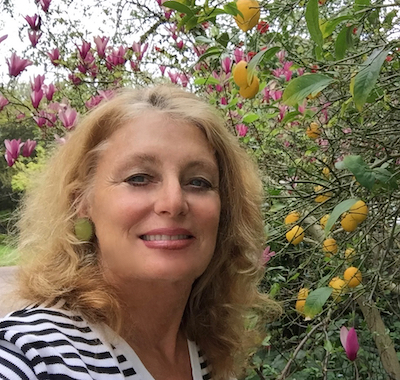
Tune into Cynthia’s Radio show and order her books at www.StarStyleRadio.com.
Buy a copy of her new books, Growing with the Goddess Gardener and Be the Star You Are! Millennials to Boomers at www.cynthiabrian.com/online-store.
Hire Cynthia for projects, consults, and lectures.
Cynthia@GoddessGardener.com







